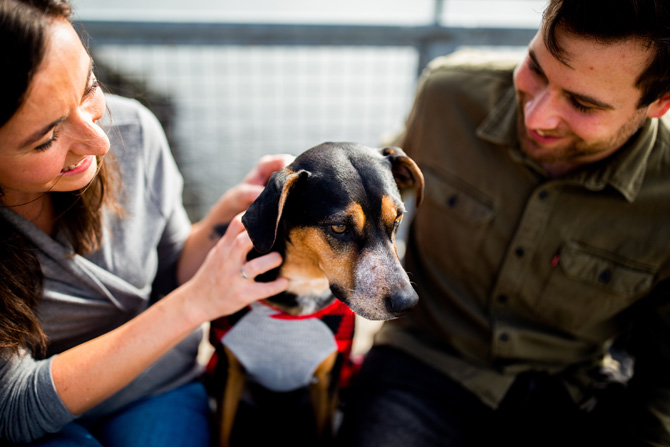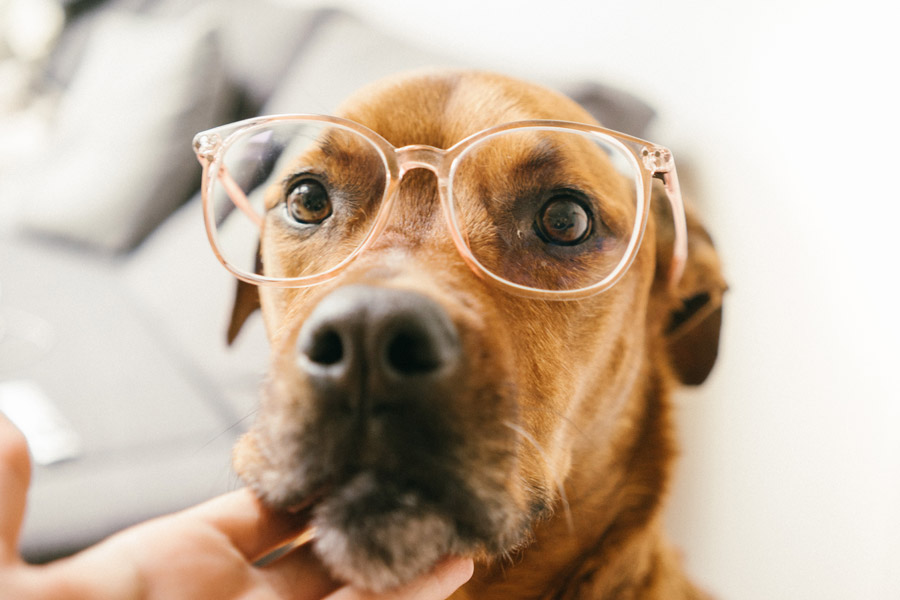Pet ownership in Australia is amongst the highest in the world with three in five Aussie homes owning a pet. We also tend to consider our pets part of the family—if not our ‘fur babies’. So, there’s little surprise that expenditure on pet insurance has grown over the past few years.
Indeed, according to Animal Medicines Australia’s ‘Pets in Australia’ report, pet insurance has leap-frogged other services such as pet minding and grooming to become the fifth-largest category (ongoing pet expenditure 2016-2019).
In a similar fashion, expenditure on pet healthcare products remains strong at $2.6 billion annually. Meanwhile, veterinary services rose from $2.2 billion in 2016 to $2.6 billion in 2019.
So, what exactly does this tell us? Well, it shows that we Aussies are now investing more than ever before in the health and wellbeing of our beloved pets.
Pet insurance rates
Surprisingly, despite the fact pet owners are spending more and more on their pets’ health and wellbeing, the percentage of pet parents with pet insurance remains relatively low. The self-reported rate of pet insurance amongst dog owners is 30% and 21% amongst cat owners.
Animal Medicines Australia reports that the main reasons for non-insurance are value or cost. Almost 50% of dog and cat owners question these things. The truth is the average annual premium amongst dog owners is $525, while the average insurance premium for cat owners is $358.
However, according to the Australian Veterinary Association, dog and cat owners can expect to pay a few hundred dollars a year on vaccinations and vet check-ups. And that’s assuming there are no accidents or injuries to deal with.
When it comes to vet costs for common accidents and illnesses, the average claim for cancer is $1, 354. You can expect to pay approximately $1,619 to treat a snake bite, $237 for an ear infection and in the range of $2,564-$11,376 for multiple fractures.
So really, when you weigh up cost versus value, pet insurance is a pretty good deal in most cases. Providing, of course, you have the right insurance.
Know your options
Most insurers offer either accident cover or a combination of accident and illness. However, it’s important to note that policies can provide different levels of cover.
For example, a ‘bells and whistles’ policy might cover accident and illness, allow up to $20,000 in claims per year and reimburse 80% of eligible vet bills.
On the other hand, a ‘budget’ policy might cover accidents and illness, but only allow claims up to $10,000 a year and only reimburse 50% of eligible vet bills.
Now, that’s not to say the ‘budget’ option isn’t a great policy. It’ll still provide peace of mind and reduce out-of-pocket expenses, plus the premium will be lower. It’s just important to realise that you have a lower level of cover.
As a further example, Pet Secure offers two types of pet insurance plans: straightforward Accident Cover and a combination of Accident and Illness Cover.
Accident Cover is designed to cover unexpected costs if your pet is injured as a result of an accident, but it can also help keep your premiums low.
Some insurers also offer optional extras cover. Pet Secure provides Wellness Care as an optional benefit that you can choose to add to your Accident and Illness Cover. It’s designed to take the sting out of routine and preventative care expenses, such as desexing, worming, dental care, prescription diets and alternative therapies.
Do your research
Proving you do your research and find the right policy for you and your furry friend, pet insurance can save you money and provide peace of mind. Now, that’s a win-win! Still unsure? Here are a few more interesting reads to help you make an informed choice.
- Pet insurance: cost Vs benefit
- 5 benefits of pet insurance
- Why pet health insurance is growing in popularity
- How do I choose the best insurance?
- Do I need pet insurance for an indoor cat?
Information sources:
Animal Medicines Australia. Pets in Australia: A national survey of pets and people. https://animalmedicinesaustralia.org.au/wp-content/uploads/2019/10/ANIM001-Pet-Survey-Report19_v1.7_WEB_high-res.pdf
Pet insurance claims and statistics: https://top10petinsurance.com.au/pet-insurance-claims-statistics/








Leave A Comment